Europeans and Chinese Join Forces to Unveil New Compact Combustion Engines for Hybrids
In Munich, two new powertrains from the X-Range family were presented. They are designed to be installed in existing electric vehicles, effectively converting them into hybrids.

Three years ago, Geely Holding and the Renault Group established a joint venture called Horse Powertrain, tasked with developing and producing internal combustion engines. A key focus has been the creation of the X-Range family of engines for hybrid powertrains. Now, ahead of the IAA Mobility show in Munich, Horse has revealed two X-Range systems designed to retrofit existing EVs and transform them into hybrids.
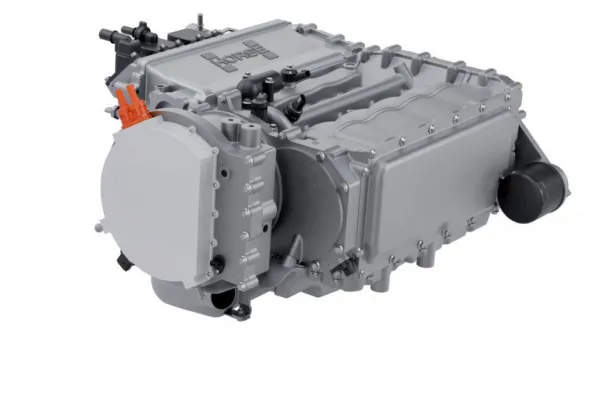
The first system, called the Future Hybrid System (FHS), is intended for both parallel and series-parallel hybrids. It combines a 1.5-liter four-cylinder engine, electric motors, and a transmission connected to the front wheels. All components are tightly integrated into a single module, making the FHS highly compact.
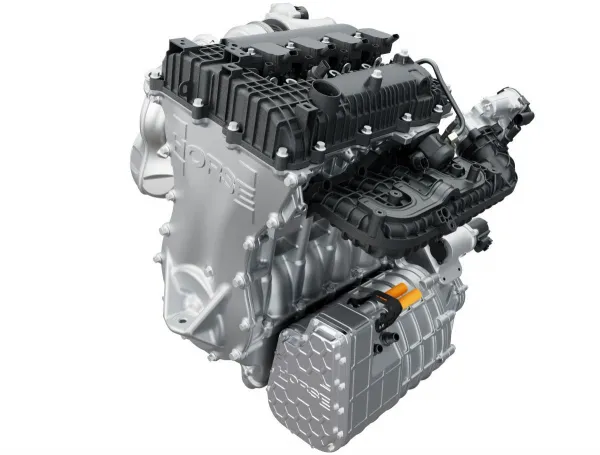
Two configurations are currently available:
-
A 740 mm-wide version with two electric motors — one on the engine’s output shaft and another on the transmission’s output shaft.
-
A 650 mm-wide version with a single electric motor positioned between the engine and the transmission.
A third, even more compact 580 mm-wide version with a three-cylinder engine is in development.
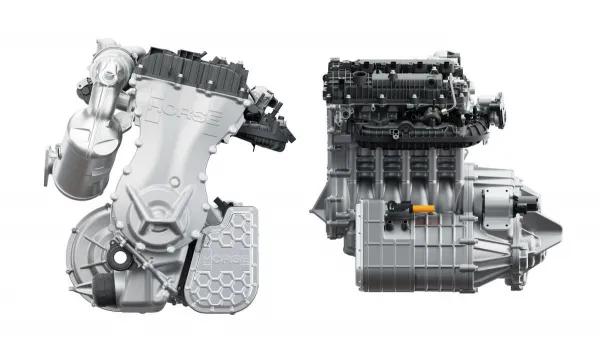
These compact dimensions are critical for retrofitting existing EVs without major structural changes. The FHS is mounted under the hood on a standard subframe, replacing the original electric motor. A minimum front overhang of 150 mm is required. The system can also work in tandem with a separate rear-axle motor. Horse promises broad compatibility with existing EV components and systems, which should minimize conversion costs. Thanks to pre-chamber ignition, the engine can run not only on gasoline but also on synthetic and biofuels (E85, M100, and others), boosting environmental credentials.
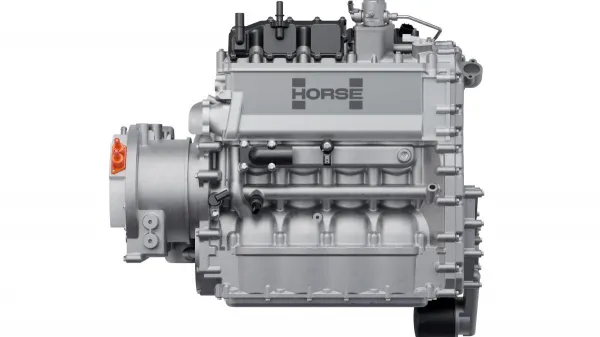
The second system in the X-Range lineup is the Horse C15 (shown in the lead photo), designed for series-hybrid applications. This module integrates a 1.5-liter four-cylinder engine, a generator, and cooling and exhaust systems — but no transmission. According to the developers, this makes the C15 “no bigger than a briefcase.” Since it has no mechanical link to the wheels, it can be mounted at the front or rear of the vehicle, either vertically or horizontally.
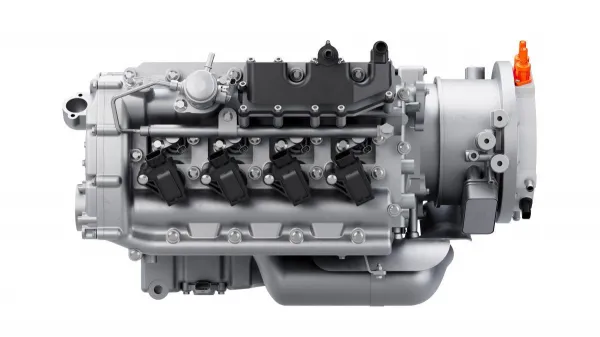
The naturally aspirated C15 measures 500 x 550 x 275 mm and produces 95 horsepower. A turbocharged variant with 163 hp is also planned, though its exact dimensions have not been disclosed. Both versions are expected to meet upcoming Euro 7 emissions standards.
Horse Powertrain says it is ready to supply these units to automakers worldwide. The new systems could prove a lifeline for manufacturers that have heavily invested in EVs but now seek a relatively low-cost path to producing hybrids — potentially a more attractive option in today’s market.
You may also be interested in the news:

Geely and Renault Unveil Their “Hybrid System of the Future”: What Sets It Apart
The setup comes in two versions, including a configuration with dual electric motors.

Ford 428 vs. Pontiac 428: Which Muscle-Car Heavyweight Really Hit Harder?
Two legendary V8s, one quirky detail — why their stated displacement didn’t quite match the real numbers.

New Diesel Hybrids Coming in 2026: What Audi, BMW, Mercedes, Toyota and Others Have in the Pipeline
About 20 all-new diesel-hybrid models are expected to debut in 2026.
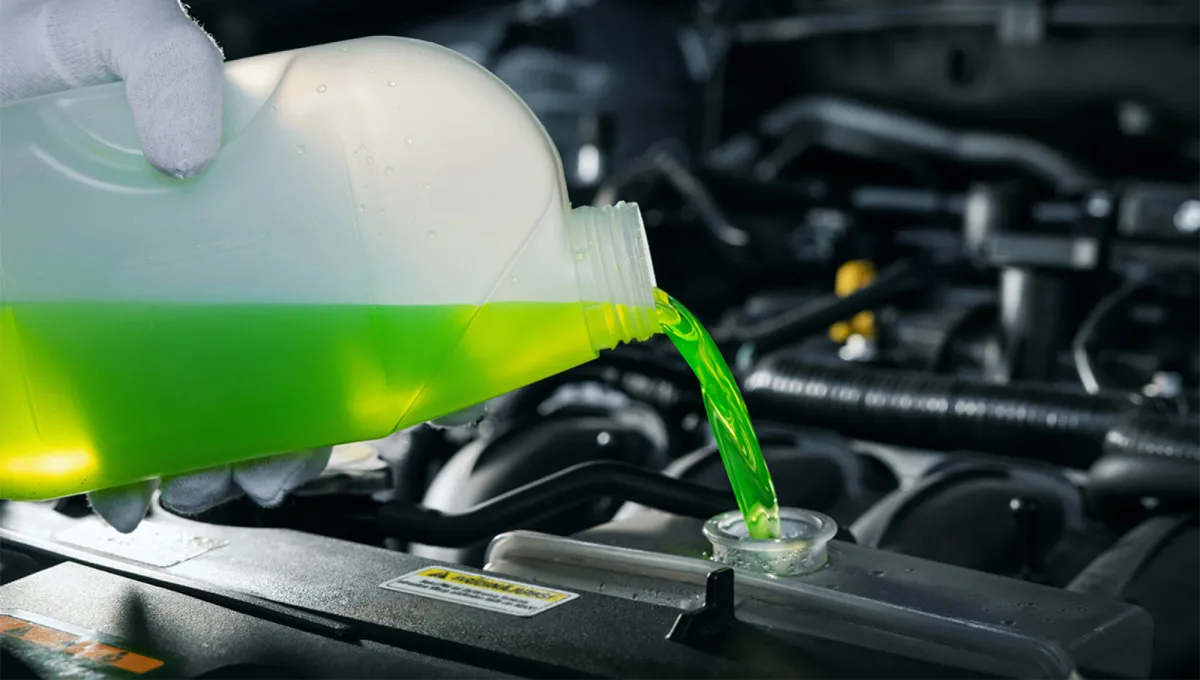
Many Americans Don’t Know or Ignore This: How Often You Should Really Change Your Car’s Coolant
Ignoring this simple maintenance step can leave your car unable to start in freezing weather, risk overheating in the heat, or even cause engine damage.
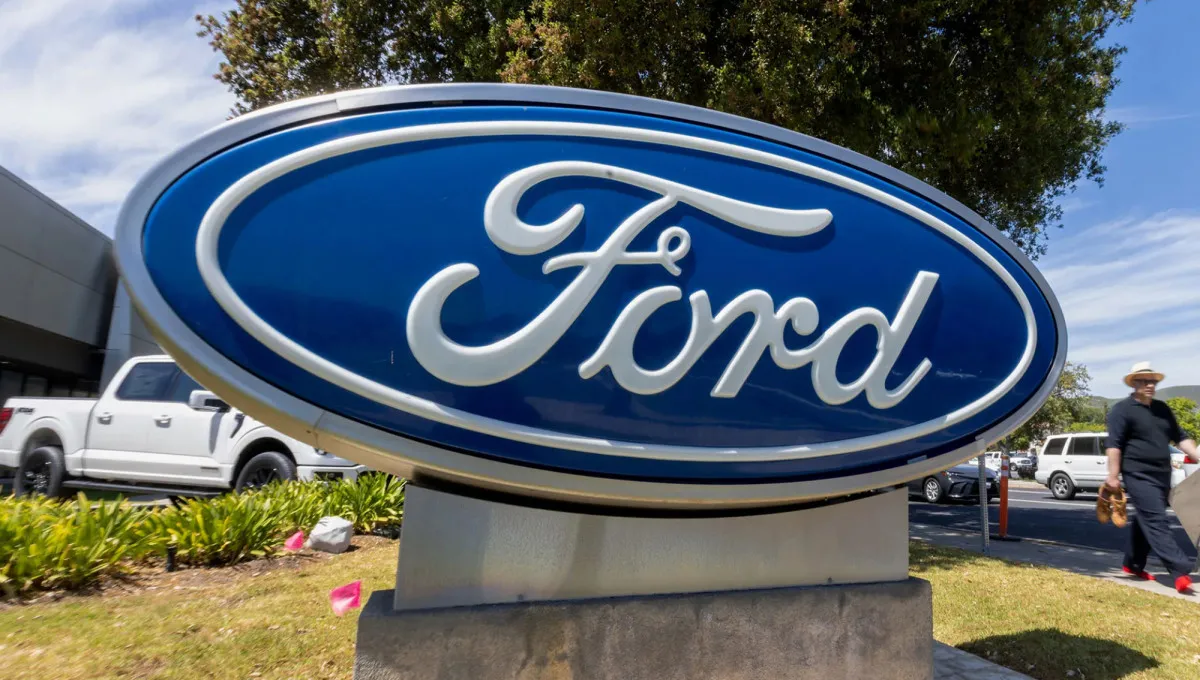
Ford Issues Second Recall for 20,000 PHEVs: Fire Risk Persists, No Fix in Sight
American buyers are once again facing a fire hazard — and Ford still doesn’t have a clear solution.